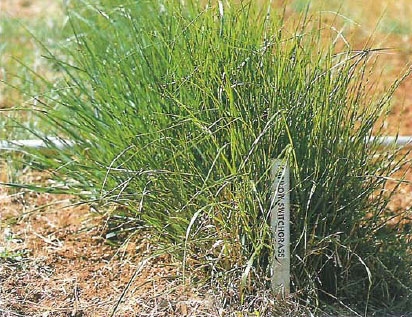
Biofuel is a growing opportunity for California
Federal law requires annual U.S. production of 36 billion gallons of biofuels by 2022, creating a potentially profitable opportunity for California farmers, according to UC experts quoted in Western Farm Press.
Writer Cary Blake based two stories in the magazine's current issue on the April 2010 Alfalfa, Forages and Biofuels Field Day at the UC Desert Research and Extension Center in El Centro.
The story said UC Davis Cooperative Extension agronomist Steve Kaffka is optimistic about the future of California biofuels production.
"Available solar energy and water make the Imperial Valley one of the prime places in the world where renewable fuels could be produced," Kaffka told the assembly of farmers, pest control advisers and industry representatives.
Additionally, potential California biofuel crops, like switchgrass and jatropha, will likely carry a smaller carbon footprint than Midwest-produced corn ethanol. Information Kaffka shared with field day participants said Midwestern corn ethanol has a higher total carbon footprint than gasoline.
The companion Western Farm Press article provided details on UC research on the biofuels crops switchgrass and jatropha.
UC Davis Cooperative Extension forage specialist Dan Putnam said switchgrass has good yield potential, but more research is needed. Sham Goyal, UC Davis agronomist, said he has never found a plant that is more drought tolerant than jatropha, which has seeds that contain 35 to 45 percent oil.
"This plant can get by on a minimum amount of water," Goyal was quoted. "This very characteristic makes this plant very suitable for the Imperial Valley."

A sample of switchgrass.
